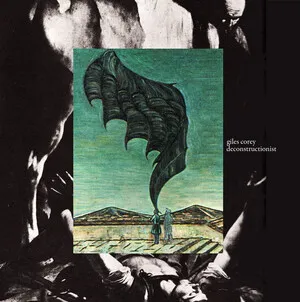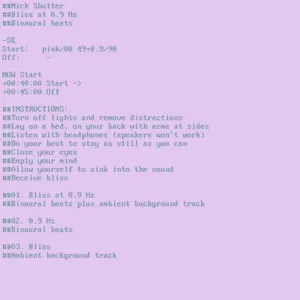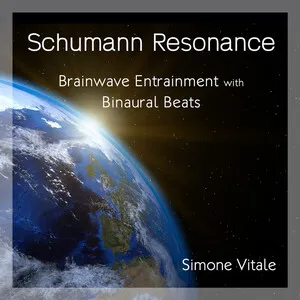
Binaural beats is a functional, minimalist audio style built around the psychoacoustic phenomenon that occurs when two pure tones of slightly different frequencies are presented separately to each ear through headphones. The brain perceives a third rhythmic pulse at the difference between the two tones (e.g., 440 Hz in the left ear and 446 Hz in the right ear produces a 6 Hz beat), which listeners often report as a steady, internal throbbing.
Producers use this technique to nudge brain activity toward target ranges associated with sleep, relaxation, meditation, focus, or alertness (delta, theta, alpha, beta, and gamma bands). The musical backdrop is usually sparse—soft drones, pink/brown noise, gentle pads, and nature recordings—so the entrainment tones remain unobtrusive yet effective.
The style is closely tied to wellness and New Age listening contexts and is intended for headphone playback; over speakers, the effect largely collapses into conventional amplitude beating. While widely used for relaxation and meditation, scientific consensus on therapeutic claims remains mixed, and binaural beat audio should not be treated as medical intervention.
Heinrich Wilhelm Dove first described binaural beats in 1839, noting that slightly different tones played to each ear evoke a perceived third beat. This was a laboratory observation rather than a musical practice and remained a scientific curiosity for decades.
Interest surged after biophysicist Gerald Oster’s 1973 Scientific American article “Auditory Beats in the Brain,” which framed binaural beats as a tool for studying brain function. In the United States, Robert A. Monroe and The Monroe Institute operationalized the idea for listening, codifying entrainment protocols under the Hemi‑Sync banner and pairing tones with ambient textures for meditation and out‑of‑body exploration audio.
With affordable synthesizers, DAWs, and CD distribution, binaural beats entered the New Age and self‑help markets. Labels and producers released longform tracks aimed at sleep, relaxation, and study, often marketed by target brainwave band (alpha, theta, delta). The mid‑2000s saw a wave of downloadable “digital dose” products and early streaming channels, further popularizing the format.
Smartphone apps and YouTube channels standardized session presets, ramp schemes, and background ambiences. The style became a staple of wellness playlists and focus/sleep apps. Academic research continued in parallel with mixed findings: many studies report modest effects on mood, attention, or anxiety, while others find limited or context‑dependent outcomes.
Binaural beats now occupy a niche between ambient music, sound therapy, and self‑help audio. Supporters value them as gentle tools for relaxation and routine building; skeptics caution against medical claims. As a creative practice, the genre has stabilized around best‑practice production methods (clean carriers, slow ramps, headphone intent) and minimalist musical framing.







